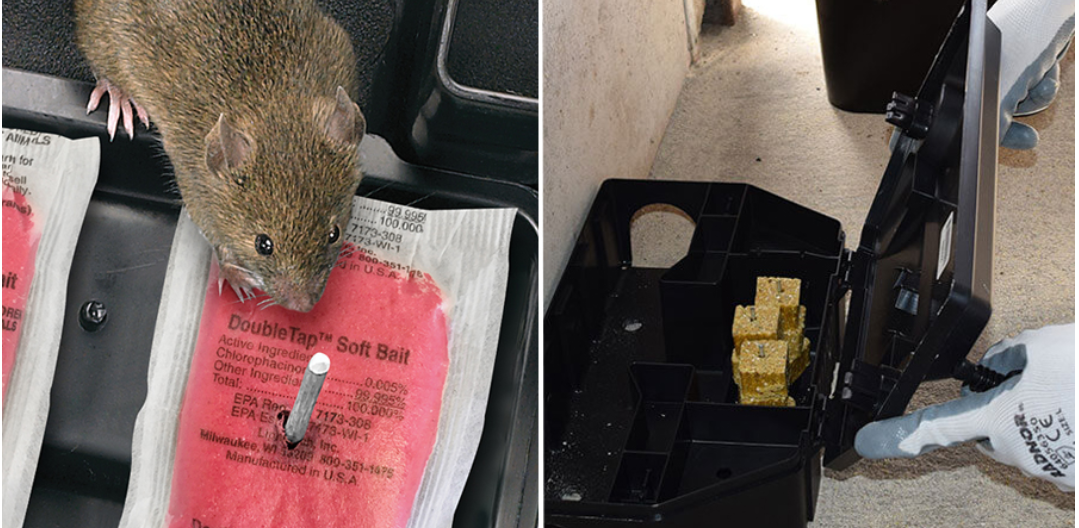



How much does it cost to feed a rat?
Even a modest infestation of 100 rats could mean a loss of over 2.3 tons of feed per year.Livestock and poultry production facilities are almost the perfect home for rodents with unlimited food, water, and shelter. Finding an operation without at least a minor rodent infestation would be rare.
The typical adult rat consumes about one ounce of feed per day or 23 pounds per year. They also often contaminate more than they eat, bringing the total loss as high as two ounces per day or 46 pounds annually.
At $300 per ton, it could easily cost a farm over $6.90 per rat per year!
Because rodent activity is nocturnal, producers typically underestimate a farm's rodent population.
An article from Mississippi State University's MSU Cares project listed the following as some rules of thumb to determine rodent populations:
- Signs seen but no rodents seen - 1 to 100 on the premises.
- Occasional sightings at night - 100 to 500 on the premises.
- Nightly sightings and occasional daytime sightings - 500 to 1,000 on the premises.
- Several seen during the day - up to 5,000 on the premises.
Even a modest infestation of 100 rats could mean a loss of over 2.3 tons of feed per year.
This figure does not include the negative impact on the grower's feed conversion and ranking on a settlement sheet. It also does not consider the damage to the building, including potential fire hazards from rodents gnawing on electrical wiring, undermining foundations, and damage to cool cells.
Producers think of rodent control during the annual migration in the fall. Rodent populations exist year-round, and control efforts must continue through spring and summer. Our example of a modest number of 100 rats could quickly expand into the thousands if left unchecked.

(Image: Baits Caption: Rotating textures and active ingredients prevent rodents from developing bait resistance.)
Steps you can take now to strengthen your rodent control program.
1) Identify the population. Because rodents are the most active at night, particularly the 1/2 hour after sunset and 1/2 hour before sunrise, get a good flashlight and visually check for rats and mice. Rodent populations tend to exist on multiple levels, so inspect the attic.
2) Create a clean border around the buildings to eliminate available shelter. Spray for weeds outside and remove boxes and bags inside.
3) Follow a year-round baiting program changing the active ingredients and bait textures. This rotation helps to reduce bait resistance. Click to view a sample bait rotation chart.
Rodent control is a year-round process. Failure to keep populations under control means higher production costs, especially with high feed costs. Click to view rodenticides and bait stations.








